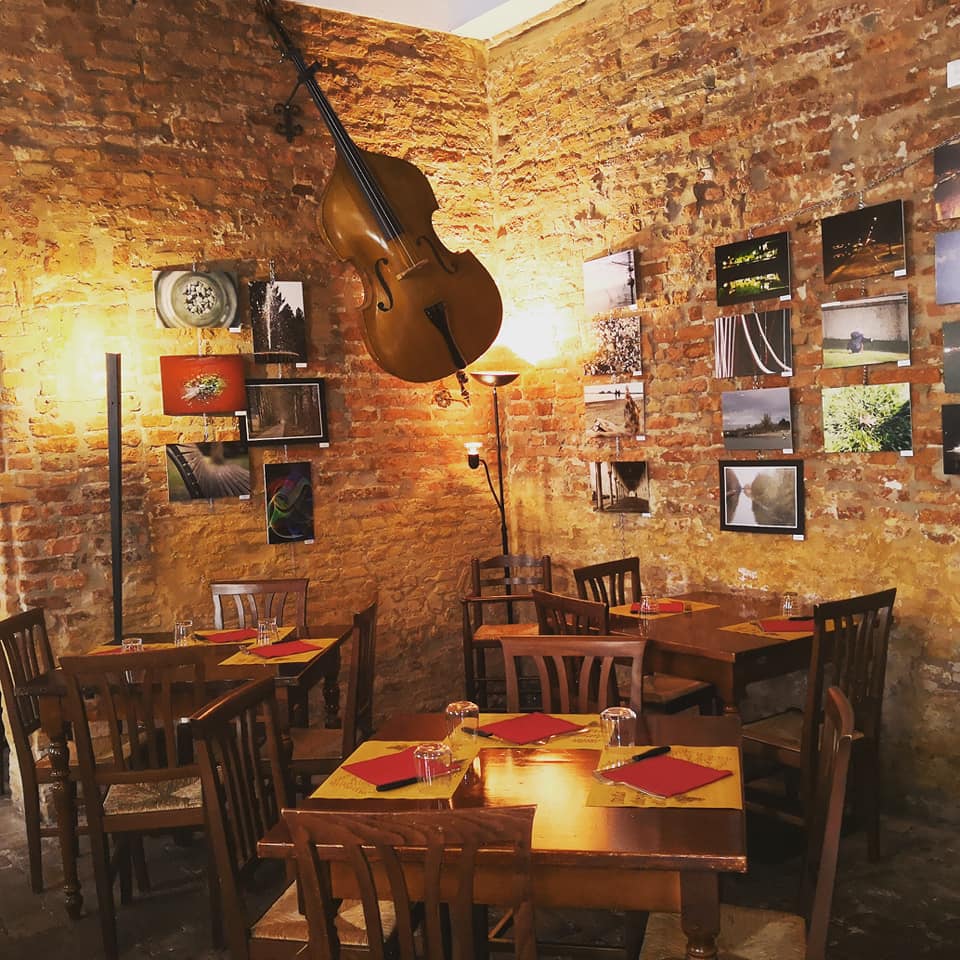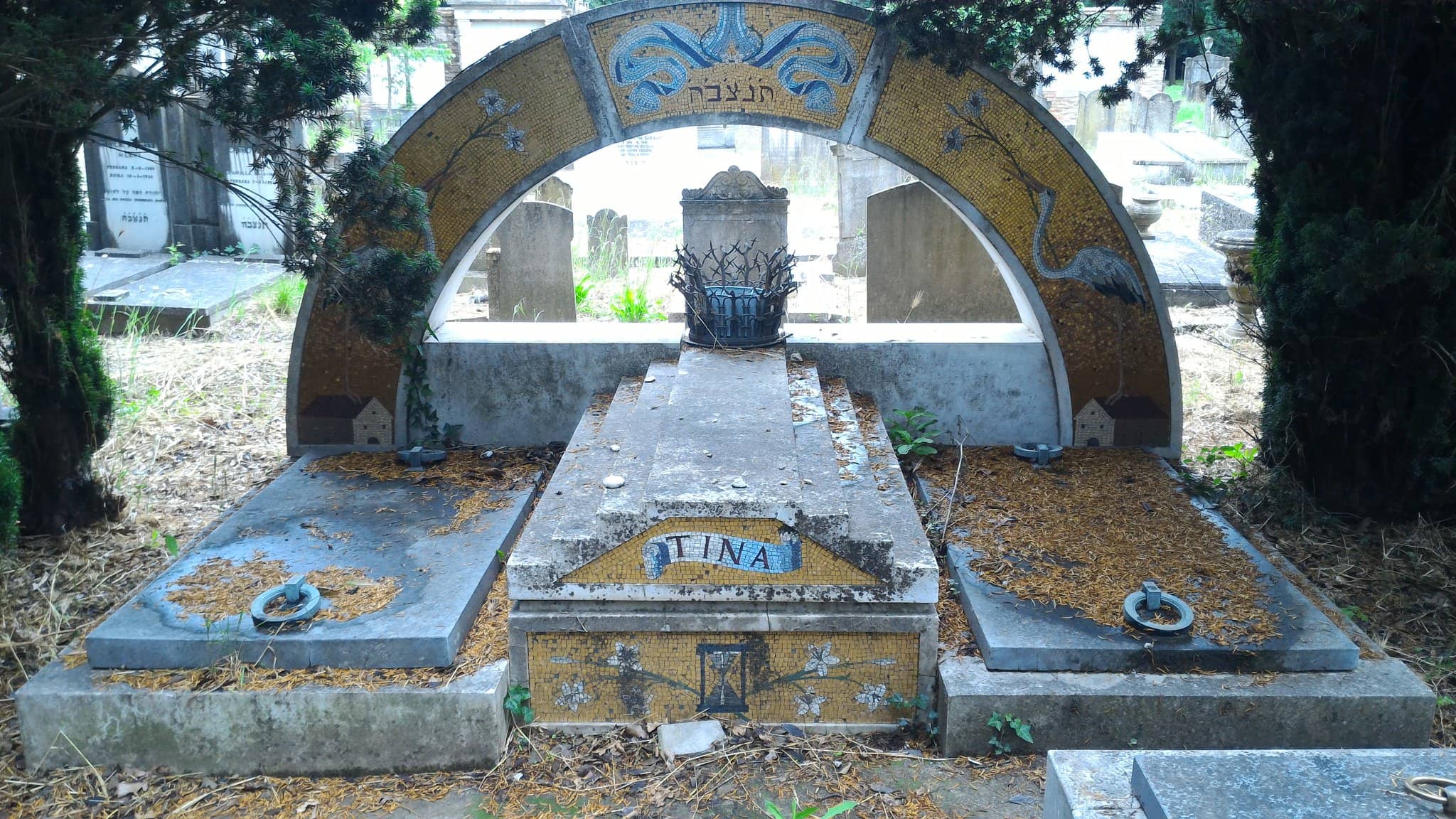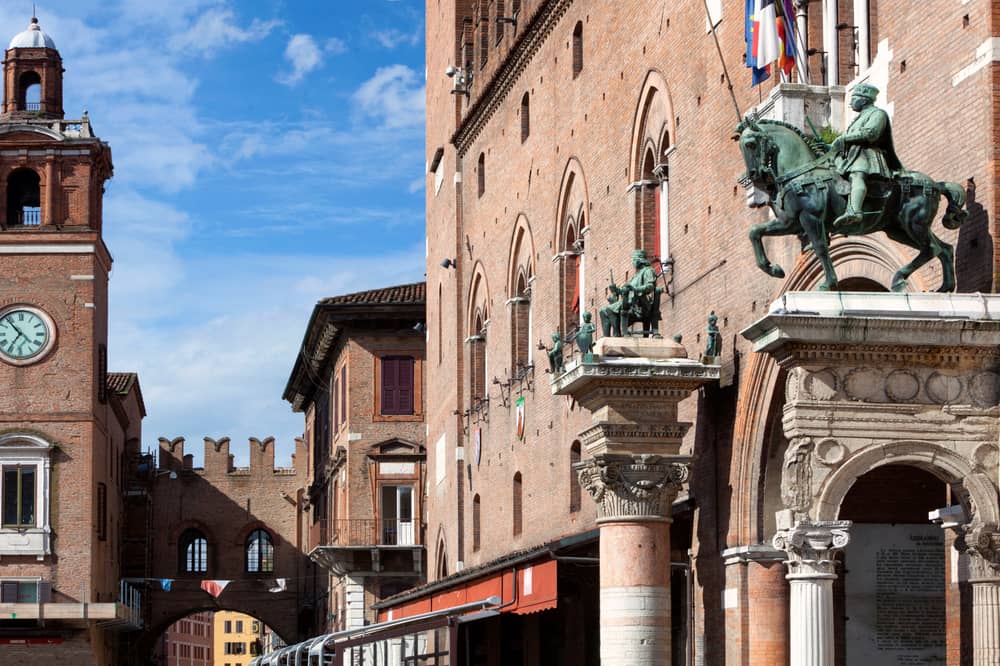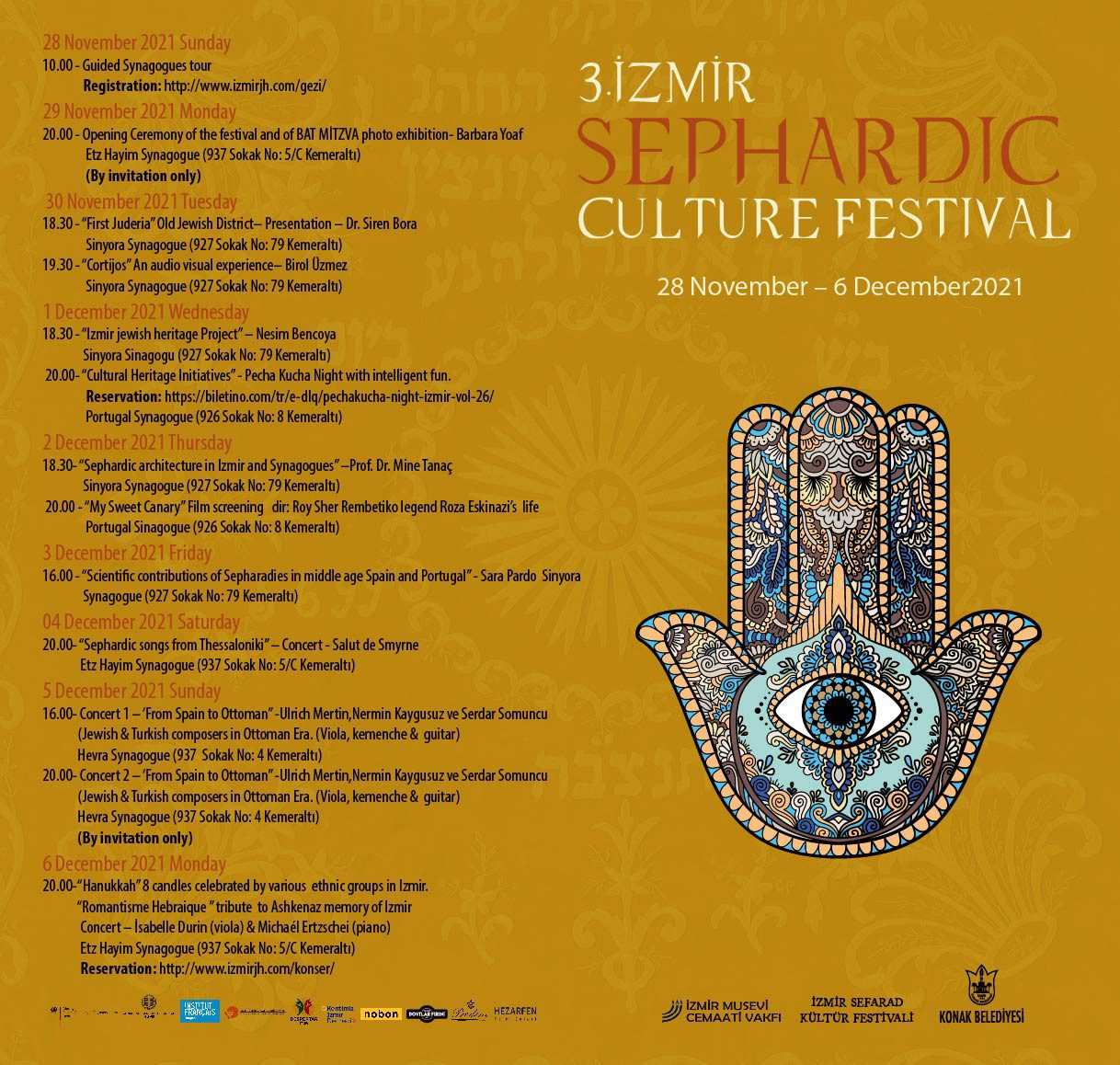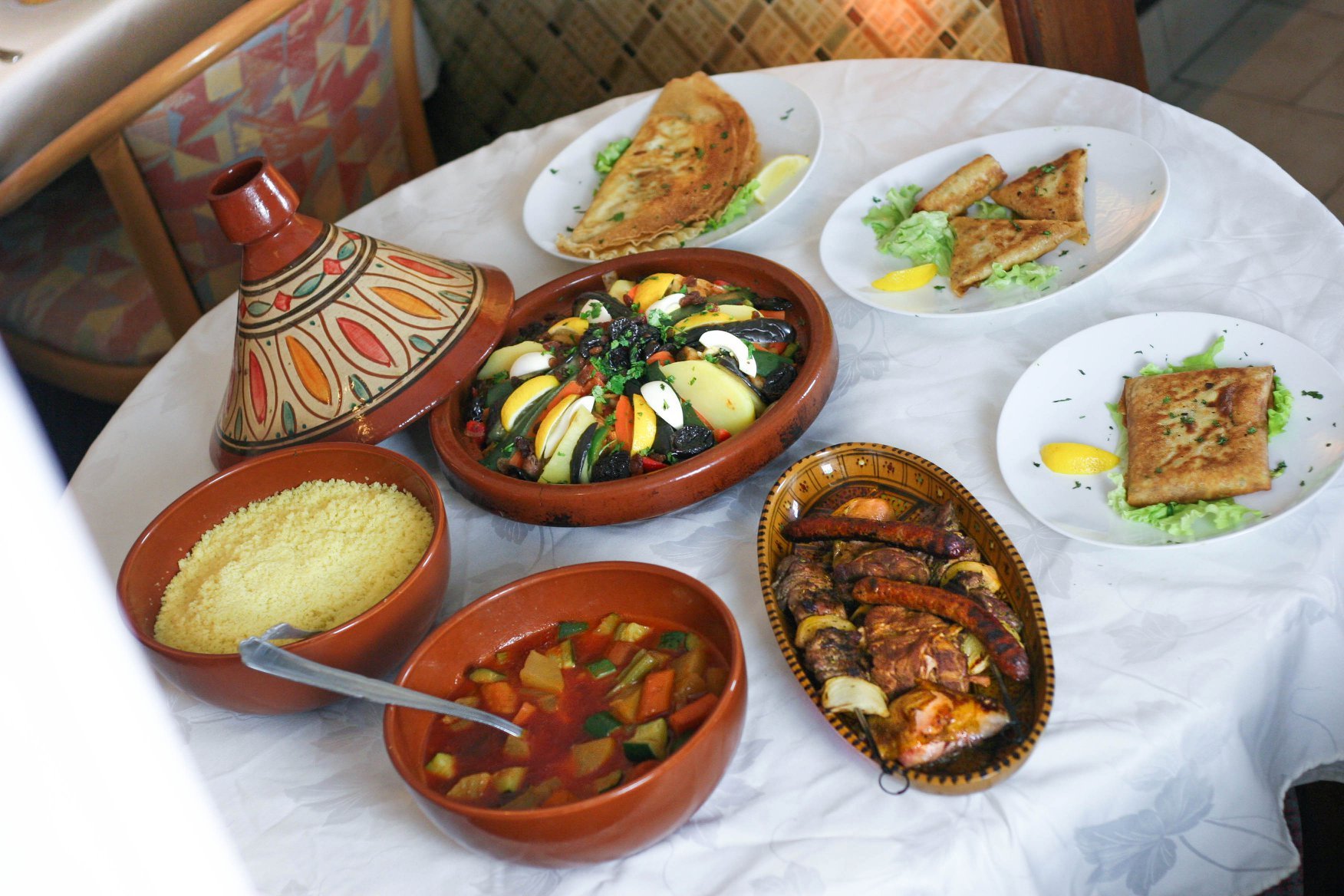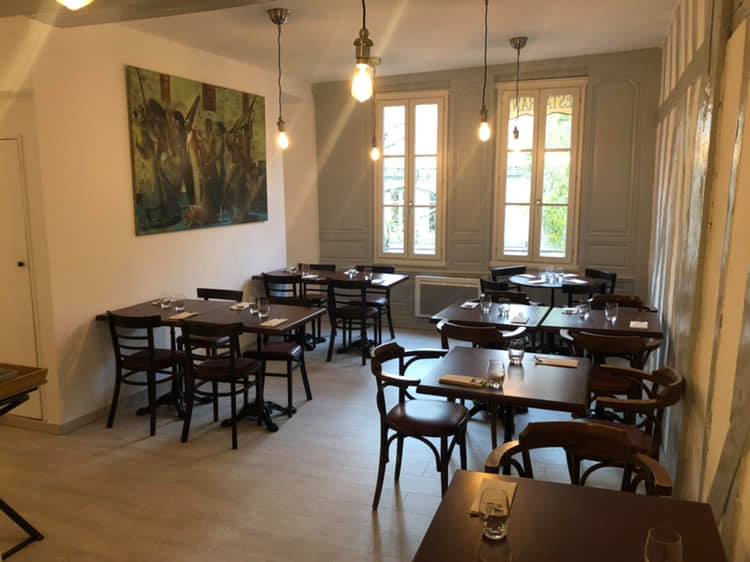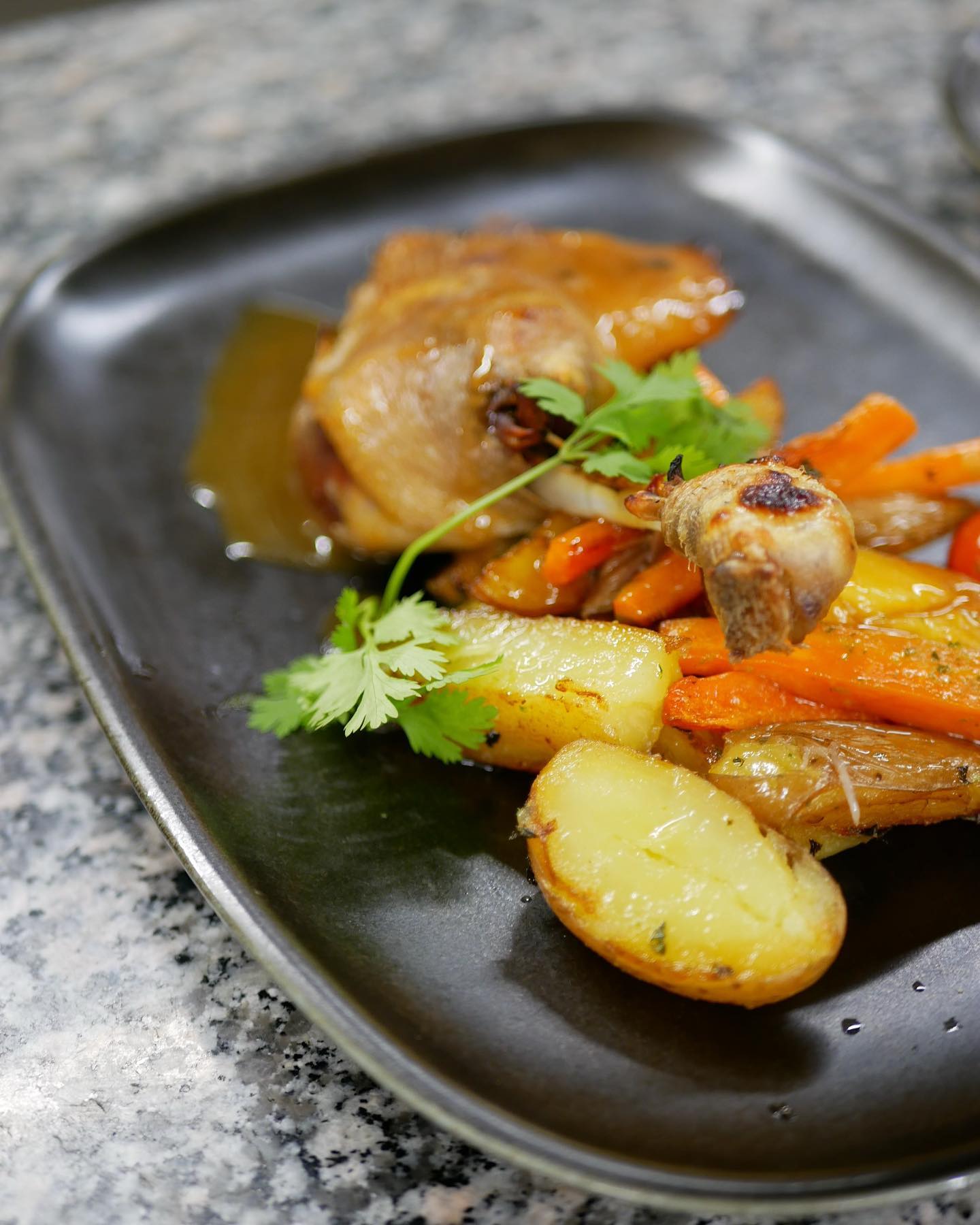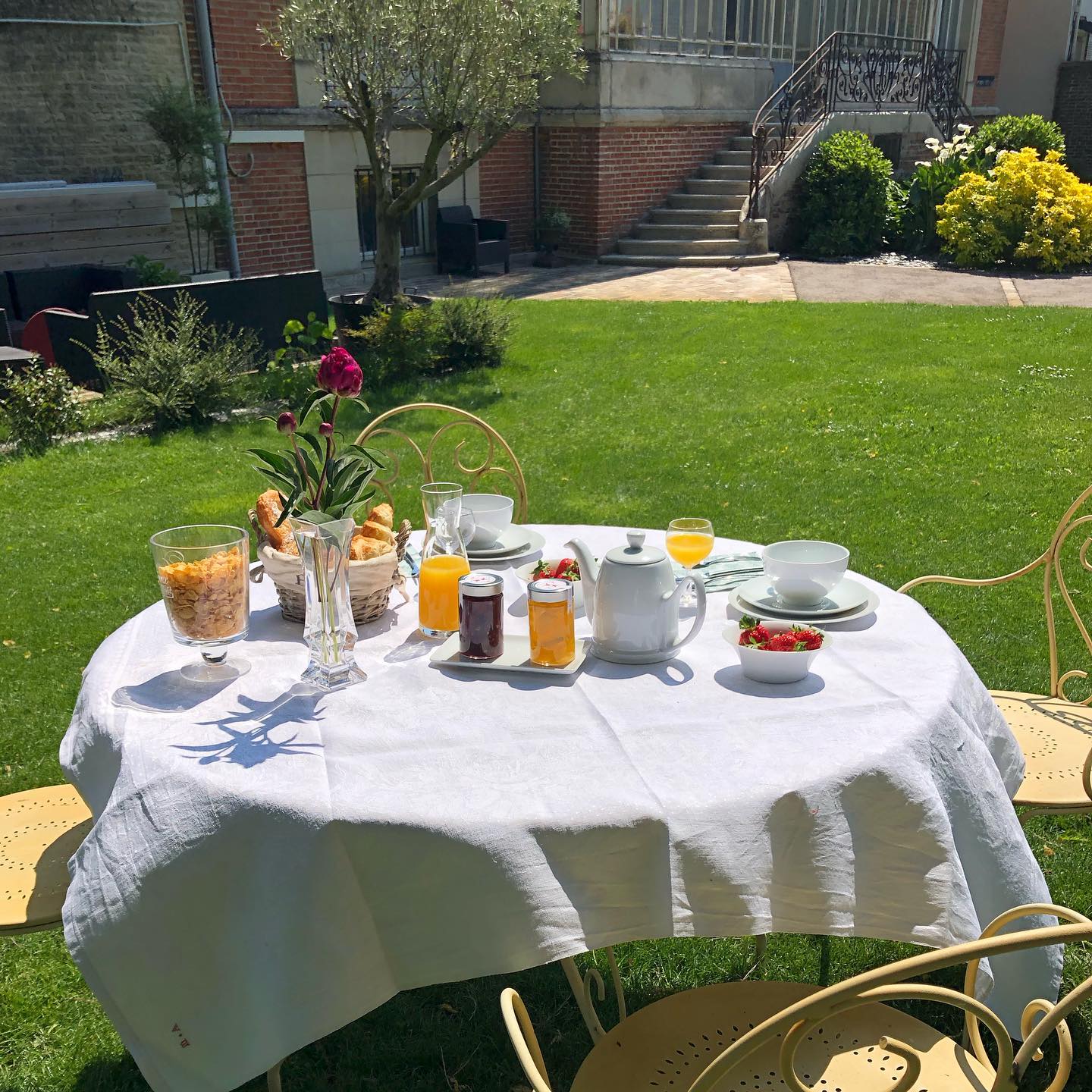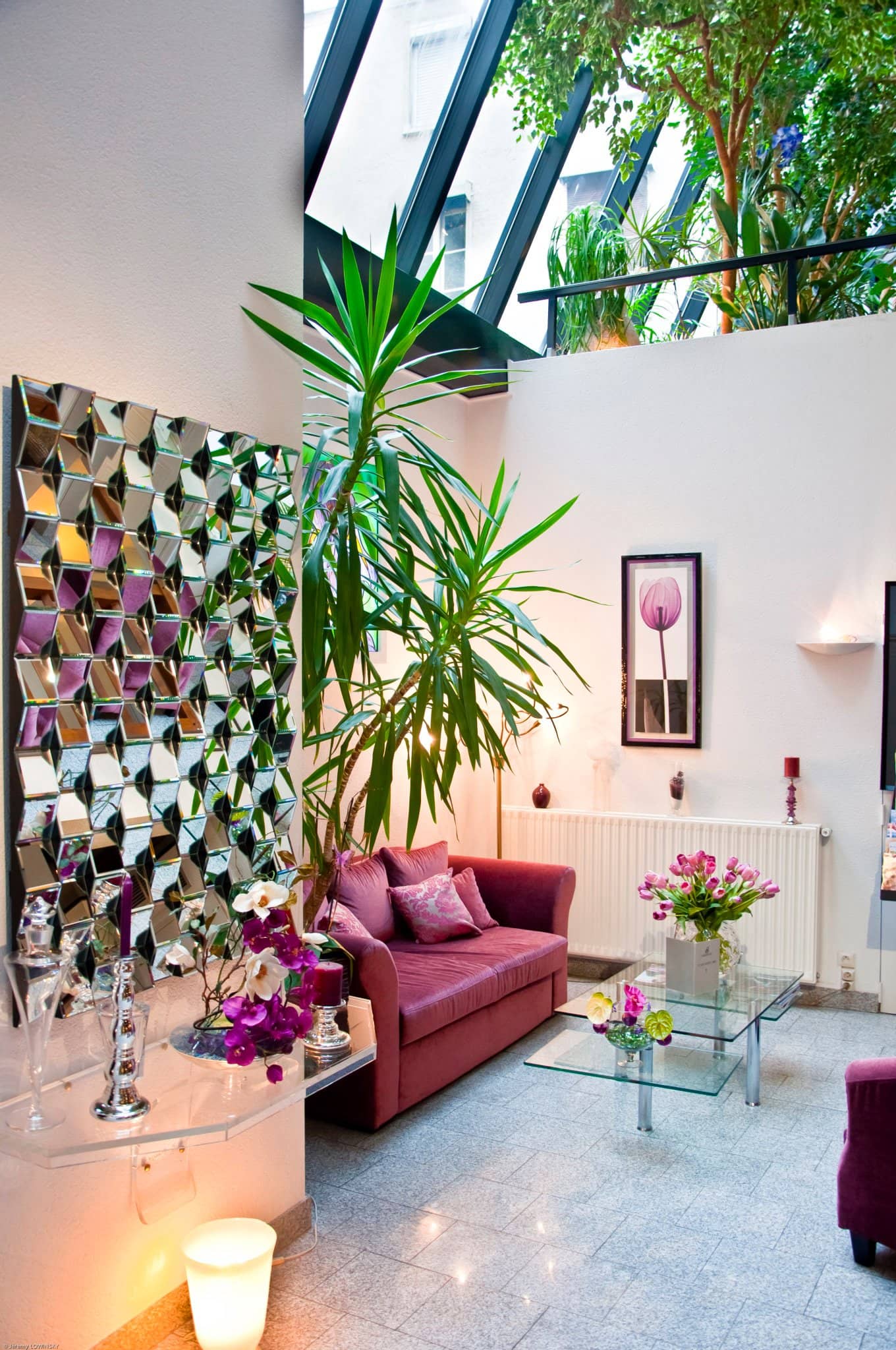Immersed in the historic center of the Jewish Ghetto, one can dine at the Balebúste Osteria that builds creativity in recipes without forgetting tradition, good wine and a familiar atmosphere
Archives: Directory listings
Directory listings
Elisabetta Gulino
Born 1962 in Caltagirone/Sicily, daughter to a German speaking Swiss mother and a Sicilian father, I spent my childhood and youth mainly in Sicily, South Tyrol, and Switzerland.
Very early I got in touch with the fascinating world of foreign languages and tourism. After spending long periods of time abroad – in Switzerland, Germany, Great Britain, Spain and France – for study and work purposes and after getting a University degree in Modern Languages at Verona University, I gained work experience in different industries: foreign trade, manufacturing industry, education, tourism. Music, Photography, Architecture, Crafts, Food & Wine have ever since been among my main interests.
I now work in tourism, a very dynamic, exciting and demanding environment, which constantly offers me new challenges and opportunities. Since 1997 I have been working as a freelance official tour guide in Ferrara and its Province, and as an official tour leader since 2000.
Key Jewish Tours
Ferrara is rich with a Jewish history that dates back to the middle ages. Visitors can appreciate the countless landmarks that pay tribute to this heritage firsthand. The Ghetto area has remained intact both in look and layout throughout various restorations and is now a pedestrian area complete with historical markers and boutiques. The area where the Jewish population once lived has never lost the commercial character it had since its inception and remains a pleasant place to meet up, look around, learn, and shop.
The Historic Community Building in Ferrara was built as early as 1481 (and possibly earlier) and is another important stop on this Jewish itinerary. It was the site of the city’s first synagogue, at 95 Via Mazzini. The building currently houses synagogues, community offices, a prayer room, and a museum which narrates the cycle of life, houses historically significant objects like the keys to the ghetto, as well as sacred objects. Most importantly, the museum tells the story of the community from the establishment of the ghetto, through the French occupation, to the unification of Italy, and celebrates the Jewish contribution to literature. The city’s Addizione Erculea Jewish cemetery goes back to the 15th century and is the final resting place for writer Giorgio Bassani.
Izmir Sephardic Culture Festival
Celebrating the cultural legacy of the city of Izmir and the Sephardic community, which since the 16th century has been an important component of the ethnic mosaic of today’s Konak district area. There will be interesting tours, talks, film screenings, concerts and more during the festival.
Rashi Guided Tours with CulturistiQ
Five guided tours with Rashi through architecture, nature, honey, wine, and sacred textes, are proposed through Aube territory by CulturistiQ. These guided tours are an opportunity for discovering the Jewish local history between the lines following Rashi and the Tossafists commentaries on the Talmud and the Bible.
L’alhambra
Emblematic of restaurants that know how to resist time and fashions, L’Alhambra has been part of the Aube culinary panorama for 54 years with oriental cuisine that is a delight in the heart of Troyes. Come and taste our authentic Couscous and Tajines specialties. Our long-standing bestseller: lamb kebab couscous. The semolina is prepared in olive oil, the vegetables exude freshness and the choice of meat is uncompromising. All our products are fresh, this goes for our couscous as well as for our two tagines and our Algerian salads, well appreciated on the terrace in summer. As for our oriental pastries, they are homemade. We also offer vegan dishes, like our couscous-vegetables, with chickpeas and harissa as a bonus.
La Fille du Potager
Come and taste Champagne specialties such as andouillette 5A at the restaurant La Fille du Potager in the historic city center of Troyes.
We welcome you in a typical Champagne setting with 2 rooms upstairs. We can receive you in groups of 10 to 45 people.
L’Iillustre
Restaurant, Brasserie, Bar, Terrace and Club in the cellar in Troyes – Home cooking and pastry, fresh, local and seasonal products – Cocktails and Champagne Wines – Maître Restaurateur since 2013
La Maison
We are happy to welcome you to our charming 19th century Guesthouse situated in the heart of the city of Troyes in the Champagne-Ardenne region, which is only 2h from Paris.
After two years refurbishment, our house which was constructed and inhabited by the historian Albert Babeau, has now today been completely restored. It offers a modern decor while keeping its historian character and the authenticity of this beautiful house.
Comfortably installed in one of our 5 spacious and charming rooms, we offer your stay under the sign of relaxation and discovery of the French « Art de vivre ».
Relais Saint Jean Hotel
Ideally located in the heart of the historical and touristic centre of the city of Troyes, with its half-timbered facade overlooking a pedestrian street, the Relais Saint Jean hotel has 23 luxury rooms with a refined and personalised décor.
They will all seduce you for your business trips as well as your tourist stays. A private Jacuzzi in a 16th century cellar is available upon reservation.
The entire Relais Saint Jean team is delighted to welcome you in a warm atmosphere where conviviality and efficiency are combined on a daily basis.
